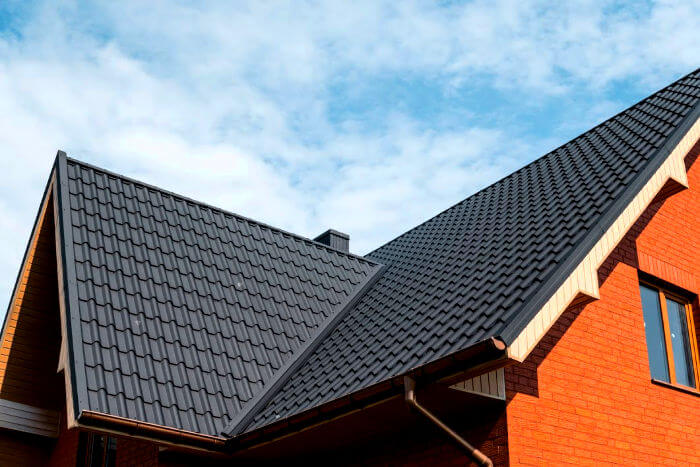10 Secrets About Montclair Roofing contractors You Can Learn From TV
Water Will Certainly Locate a Method
Water marks on a ceiling, or worse, leaking water, may have you stressed that your entire roof covering is in tatters. Montclair Roofers However even if there's a leakage doesn't indicate your roofing system will certainly require a massive quantity of repairs. Occasionally quiting it is as easy as filling a fracture with caulk, changing a few roof shingles, or mounting some blinking-- a membrane or layer of metal that offers a mechanical obstacle to redirect water at corners, gaps, spaces, as well as various other areas vulnerable to dripping.
Dropped tree arm or legs, hailstorm, and also also wind can loosen up or get rid of tiles. Damaged flashing is another usual culprit. Also rubberized boots around plumbing pipes, or with improperly set up dish antenna or solar panels can create separated leaks. To determine what type of leakage you have actually got on your hands, initially attempt to map it to its beginning.
Trying to find Leakages
It's easiest to discover a leak when it's drizzling outside. Remember that water frequently collects at a spot that's various where it's going into-- it generally diminishes the length of a rafter or stud and also only drips once it gets to a nadir.

In an unfinished attic, the framing shows up, so just start at the leakage and look along the length of any wood mounting that leads to that factor, to see if you find a route of water that stems higher up on your roof. In a finished attic room, you'll require to utilize a portable tool called a stab saw to remove any type of drywall that obstructs your sight. When you assume you've discovered the origin, look at top of the roof (you can do this securely from the ground with a set of binoculars) to see if you can identify any obvious wrongdoers, like missing roof shingles, or worn blinking near a chimney.
If you can not situate the leak yourself, a certified roofer can do an evaluation and make referrals regarding whether repair or substitute is needed. Also if you have the ability to find your very own leakage, you'll intend to leave the repair service work to a pro-- climbing up onto your roof with a tall extension ladder is a harmful task. A lot of leakages can be stopped if they're restricted to a couple of spots. If, nevertheless, you're experiencing persisting leaks, as well as your roof covering runs out service warranty, it might be time for a brand-new roofing. The money you would spend on multiple short-term fixes is possibly better put on a brand-new roofing with a lengthy guarantee.
Various Other Warning Signs
You do not have to wait for leakages to appear prior to you take into consideration repairs to your roofing, though. Missing out on, damaged, or curling shingles can all be signs of leakages to come. And also the age of your roof covering itself can be an overview-- home owner's insurance companies generally assume an asphalt roof shingles roof will certainly last regarding two decades, as well as some insurance companies won't offer coverage if your roof covering is older than that. If your roofing was placed on by the previous owner of your house, a professional roofer or an accredited residence assessor can usually Montclair Roofing contractors offer a harsh price quote of the age, based upon the condition of the roof shingles.
Even without leakages or obvious indications of damage to the roofing system, it can make good sense to replace an out-of-warranty roof that's more than 20 years old. That's because when a leak establishes, it can do significant damages to the timber sheathing beneath http://edition.cnn.com/search/?text=Montclair Roofing the shingles. And if that sheathing ends up being distorted or rotted, replacing it can include a number of thousand dollars to the overall cost of your brand-new roofing when you do get around to changing it. The image listed below shows the different layers associated with a common roofing.
Insurance Protection
Prior to you work with anybody to deal with your roof, call your house owner's insurer to check your insurance deductible and also protection for roof covering fixings or substitute. You'll wish to consider your out-of-pocket expenses versus the expense of changing your roof completely. Think about any kind of resulting rise in your premium too-- it might make more feeling to merely cover the expense yourself.
Generally, home owner's insurance policies might cover, or add toward, the repair work of isolated leaks, yet will not cover the price of substitute. The majority of insurance firms will certainly send an adjuster to supply an estimate for the repair work, and policies typically cover repair work to the roofing system, along with any type of damage to the framework, drywall, or floor covering that results from a leaking roof covering. If you do obtain a payment from your insurance company, you can use that money to make the particular fixings, or use it towards the expense of a complete replacement.
